In 1968 an obscure Swiss hotel manager published a book entitled Erinnerungen an die Zukunft. An English edition appeared under the title Chariots of the Gods?. The hotel manager’s name was Erich von Däniken. He claimed that human history had been shaped by visitors from outer space, and that human potential had been improved by crossbreeding with these aliens. The proof of these visits, said von Däniken, is clearly visible in the earth’s archaeological record. This article will examine the structure of the argument presented in Chariots of the Gods? rather than the substance of its evidence. Taking such an approach will suggest some general intellectual principles that nonspecialists can use to evaluate any piece of popular archaeological literature.
The Scholar’s Problem
According to his paperback cover blurbs, von Däniken has sold 7 million copies of Chariots of the Gods?. His total sales, including later books, have passed the 25 million mark in a market extending to 32 countries. Depending on their temperaments, archaeologists are saddened, frightened, or infuriated when they contemplate the fact that he has sold more books about archaeology than any archaeologist who ever lived. His arguments seem self-evidently ridiculous to archaeologists. Is it possible that his readers can take him seriously?
PLAYBOY: When did you become convinced that these theories were true?
VON DÄNIKEN: I guess only in recent years. I wrote Chariots of the Gods? in 1966, so for me it’s an old book. When I wrote it 1 was not at all convinced. By the second book, Gods from Outer Space, I was more certain, but not absolutely. The basic thing is to be convinced that the fundamental theory is right, that we have been visited from outer space and those visitors altered our intelligence by artificial mutation. Of this I have felt certain for the past four years or so (Playboy 1974:56).
If von Däniken is so persuasive that he can convince even himself, his book sales indicate that his version of ancient human history might be the one most widely held by the literate people of this planet. Archaeologists attempting to reclaim prehistory from von Däniken have pointed out that his argument is built on pathetically flawed logic and non-existent evidence, only to be stunned when they find that these shortcomings are conceded and forgiven by his public. He raises so much smoke that many laypersons suspect the fire must be in there somewhere, apparently forgetting that an infinite number of unsubstantial allegations does not constitute proof of anything.
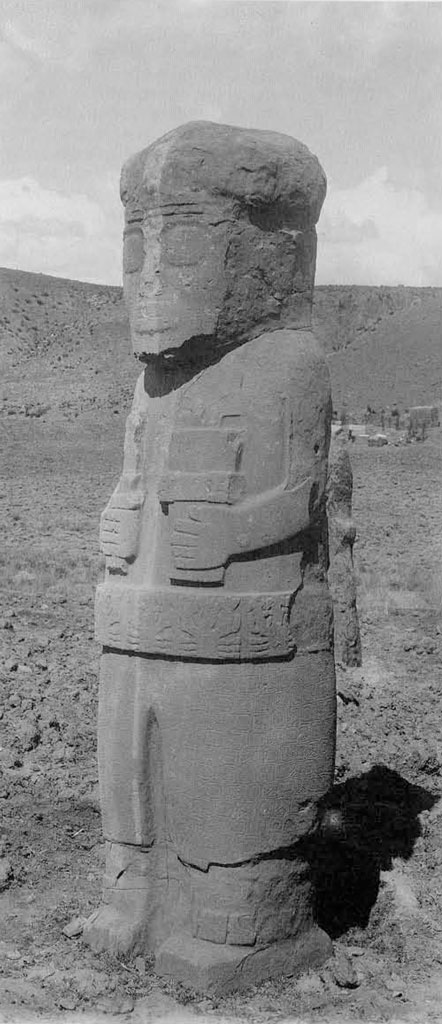
Image Number: 18777
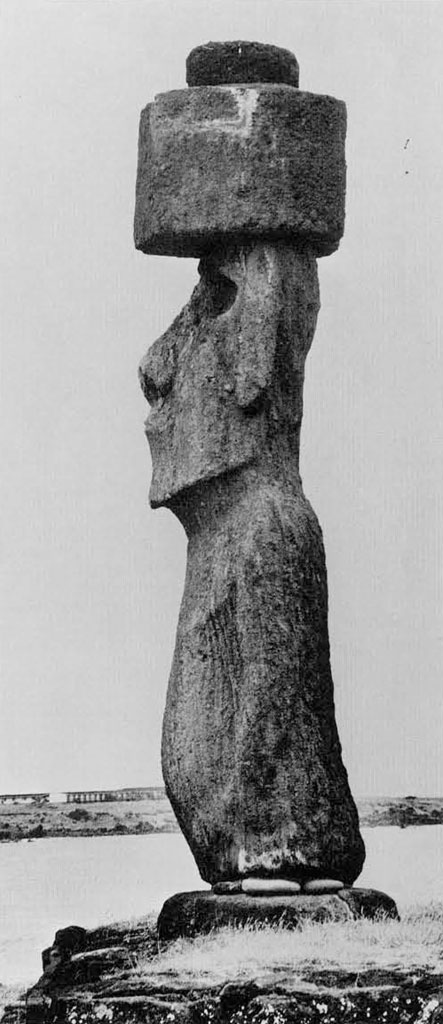
Image Number: 138977
Argument by Assertion
Those of us who have grappled with von ‘s arguments have come to realize the truth of an old Army saying: When you’re up to your neck in alligators, it’s very hard to drain the swamp. Assertion after assertion springs from the pages of his books, confounding any archaeologist who would try to address each item responsibly. If we wrestle von Däniken’s myriad alligators one at a time, we will never be able to fight free long enough to drain the swamp.
Furthermore, not all of his alligators can be pinned. A simple pair of photographs (Fig. la, b) can discredit his claim that “we find stone giants belonging to the same style” at both Easter Island, 2300 miles west of the coast of Chile, and Tiahuanaco, in the Bolivian Andes (von Däniken 1971:92). One can demonstrate the logical insignificance of the “petrified excrement, possibly not of human origin” found at Tepe Asiab (1971:28) by pointing out modern examples on any city street. Any one who believes that “it is an absolute mystery to us why the Incas cultivated cotton in Peru in 3000 B.C.” (1971:93) can be taken into The University Museum’s Peruvian Gallery and led up to the case where 4500-year-old cotton fishnet fragments from Huaca Prieta are displayed. Such a visitor might also learn that the Incas did not appear on the South American scene until the 13th century A.D. or later. But how can one disprove that “calculations of the weight of the earth were found” in the Great Pyramid of Khufu in Egypt (1971:77)?
If von Däniken’s theories cannot be demolished by refuting the assertions he uses in lieu of facts, clearly another line of attack is needed. Let’s examine not his evidence, but the logical structure of his evidence. Using this approach we can quickly sort the tangled mass of his assertions into two kinds of argument. There is the “looks-like-a-spacemanto-me” type, and then there is the -science-cannot-explain-this-mystery-so-spacemen-must-be-responsible” type.
The Palenque Sarcophagus Lid: Maya Ruler or Ancient Astronaut?
Let’s consider the “looks-like-aspaceman-to-me” type of argument by examining one of his most famous cases, the relief of the “rocket-driving god” at Palenque (von Däniken 1971:102). Palenque is a Late Classic Maya site in Chiapas, Mexico. In the caption to his illustration of this scene, von Däniken identifies it as coming from another site, Copan in Honduras; however, in the text he gets its provenience right. The stone relief is carved on the limestone sarcophagus lid of the ruler Pakal, who died on August 31, A.D. 683. In this carving (Fig. 3), von Däniken sees a human figure, appropriately garbed and antennaed, reclining to manipulate the controls of a spacecraft whose thrusters are jetting smoke and flame (1971:100-101).
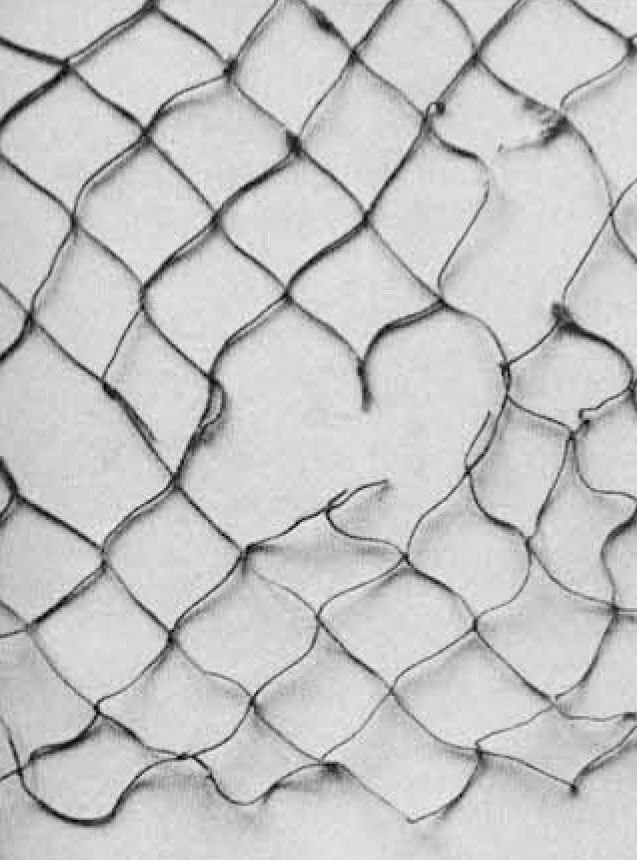
Maya scholars don’t see a spaceship. They see Pakal, the central figure, falling backward into the jaws of the underworld. Pakal teeters on the head of the Sun Monster, who is depicted with a skeletal jaw but a fleshed nose and eyes, suggesting that he is poised halfway between the underworld and the living world, that is, at the moment of sunset. From a point above Pakal’s stomach grows the World Tree of Maya cosmology. This is a tree that stands at the center of the universe like a fireman’s pole, penetrating through the underworld, the middle world of everyday life, and the heavens. The heavens are marked by a Celestial Bird perched on the tree’s topmost branch. Pakal’s sarcophagus lid, then, is a statement of the Maya belief that the death of a king was nourishment for the cosmic order (Schele and Miller 1986).
If a 7th century Maya artist’s carving of the death of his king fits a 20th century European’s image of an astronaut flying a rocket, is there a logical basis to consider this fact as evidence for von Däniken’s case? Envision a hypothetical situation. Imagine that a young child comes to you and says, “Look. That cloud looks like a doggie.” Has that child given you any information about clouds? Has he given you information about dogs? Or has he given you information about himself? If von Däniken writes that the sarcophagus lid of Pakal looks like a spaceman, has he told you anything about Pakal? Has he told you anything about spacemen? Or has he told you something about himself? The “looks-like-a-spaceman-to-me” line of argument treats the archaeological record as if it were a Rorschach test, and provides as little evidence about our ancient history as a Rorschach provides about ink and paper or butterflies and dragons.
The Dehli Pillar: Without a Trace of Rust?
Let us turn next to one of the mysteries which, according to von Däniken, “science cannot explain”: “In the courtyard of a temple in Delhi there exists… a column made of welded iron parts that has been exposed to weathering for more than 4,000 years without showing a trace of rust. In addition it is unaffected by sulphur or phosphorus. Here we have an unknown alloy from antiquity staring us in the face” (1971:73).
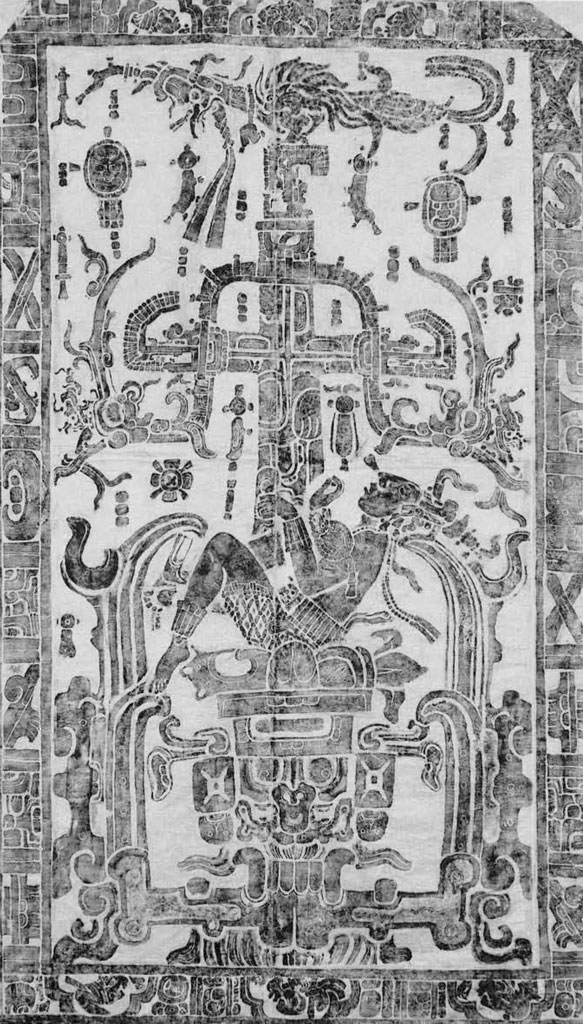
The Delhi Pillar (Fig. 4) is a shaft of wrought iron that weighs 6 tons and stands 22 feet high, but extends only 20 (additional) inches into the earth. According to local tradition, the pillar was dhila, or “loose,” and so the place where it stood was named Dhili. Even so, it has proved stable enough, both architecturally and chemically, to resist the centuries—not 40 centuries, as claimed by von Däniken, but 16. Chiseled into the column’s western side is a six-line dedicatory text in Sanskrit datable to the Gupta Dynasty, in the early 4th century A.D. The inscription calls the pillar the arm of fame of Raja Dhava, a worshipper of the god Vishnu, and likens the letters cut into its shaft to the swordcuts he inflicted upon his enemies (Cunningham 1871:169-175).
Metallurgists analyzed the pillar in 1912 and found that it had been made by hammering 80-pound lumps of red-hot iron together, welding them into a single piece. The metal is composed of 99.72 percent pure iron, 0.1 percent phosphorus, and traces of two elements introduced during the manufacturing process (carbon, from the charcoal fire in which it was forged, and silica, remaining from slag produced when the iron was smelted from its ore). Sulphur is virtually absent, at 0.006 percent (Hadfield 1912).
When present in iron, phosphorus inhibits rust. Recent investigations, however, have concluded that the preservative effect of the phosphorus incorporated within the Pillar was overshadowed by other factors. First, the dry, pure climate of Delhi provided some protection against rust; moreover, heat retention by such a large mass of metal would inhibit any condensation of moisture on its surface during cool nights. Second, the pillar was protected by the presence of a thin layer of scale produced in forging it. Additional protection may have been provided by a coating over the surface, built up by periodic ceremonial applications of ghee (clarified butter) or vegetable oil during the first 500 years of its existence. Finally, there is a natural tendency for a piece of iron to rust at an ever diminishing rate as corrosion products form on its surface and seal it. To close the argument, it is worth mentioning that although the pillar is in remarkably good condition, the lower portion of the shaft has been pitted by rust (Fig. 5; Bardgett and Stanners 1963).
Thus the mystery that science cannot explain is purely the product of von Däniken’s own sloppy “scholarship.” He doesn’t get the date right, he’s ignorant of the real significance of phosphorus in an iron alloy, he’s oblivious to a century of research by legitimate scientists, and he’s misinformed about the rust. When von Däniken writes that science cannot explain something, he seems to mean that he doesn’t know enough to account for it himself. The problem is summed up by Carl Sagan: “Every time he [von Däniken] sees something he can’t understand, he attributes it to extraterrestrial intelligence, and since he understands almost nothing, he sees evidence of extraterrestrial intelligence all over the planet” (Playboy 1974:151).
The Easter Island “Mystery”: The Case of the Missing Facts
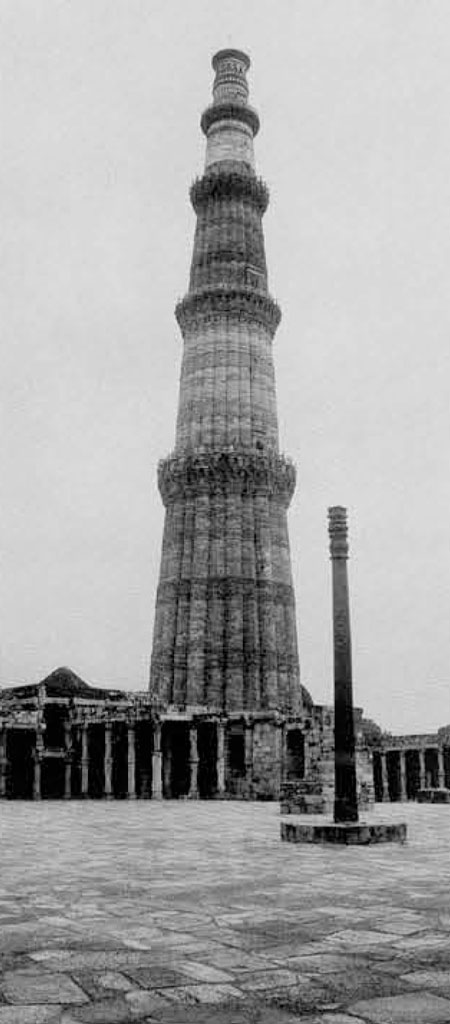
So far it seems reasonable to state that von Däniken is either incapable of conducting objective research, or too lazy to do so. He can be charged with something worse in his discussion of the colossal stone statues of Easter Island. Carving these 30-foot, 50-ton giants from their quarries and hauling them to their stations overlooking the sea were impressive demonstrations of primitive engineering. Von Däniken tries to set them up as another mystery which science cannot explain:
Even if people with lively imaginations have tried to picture the Egyptian pyramids being built by a vast army of workers using the “heave-ho” method, a similar method would have been impossible on Easter Island for lack of manpower. Even 2,000 men, working day and night, would not be nearly enough to carve these colossal figures out of the steel-hard volcanic stone with rudimentary tools. (1971:91)
No trees grow on the island, which is a tiny speck of volcanic stone. The usual explanation, that the stone giants were moved to their present sites on wooden rollers, is not feasible. . . . Then who cut the statues out of the rock, who carved them and transported them to their sites? How were they moved across the country for miles without rollers? How were they dressed, polished, and erected? (1971:91)
In this case, von Däniken is not merely careless or ignorant. Perfectly ordinary answers to these questions are clearly documented with photographs in Thor Heyerdahl’s book on Easter Island, AkuAku. This is not an obscure volume. It appeared as the Book-of-theMonth Club Selection for September of 1958, and remained on the New York Times Best Seller List for the next 30 weeks. Von Däniken must have known of its contents because he specifically mentions Heyerdahl’s archaeological research, and cites Aku-Aku in the bibliography of Chariots of the Gods? (p.155). Thus in order to achieve his objectives, he seems to have been less than honest in setting the evidence before his readers.
In Aku-Aku Heyerdahl related the results of experiments he conducted in order to determine how the statues were carved, raised, and transported. Using hand-held stone picks, a group of six Easter Islanders chipped the outlines of a giant figure into the rockface of an ancient quarry, splashing the stone with calabashes of water to soften it (Fig. 6). Based on their demonstration, Heyerdahl concluded that two six-man teams, working all day in shifts, could carve a medium-sized, 15-foot statue in about a year’s time.
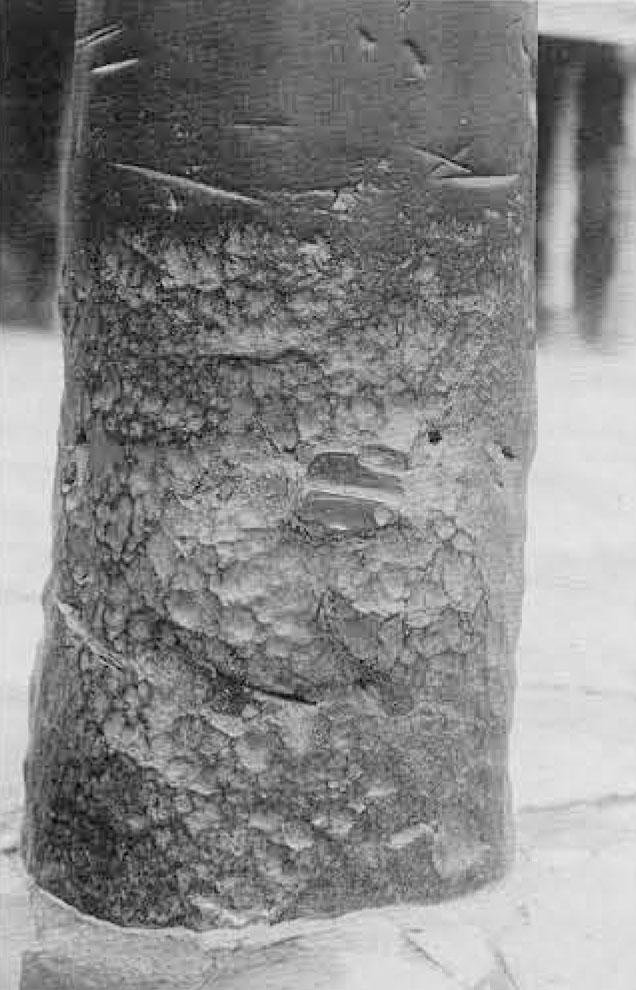
Twelve Easter Islanders set a 25-ton statue upright in 18 days using nothing more than three 15-foot wooden levers to pry the giant upward a quarter of an inch at a time; rocks to place under the rising figure; and, when it was high enough off the ground, ropes to topple it into place (Fig. 7). Trees to provide the wooden poles have grown around the crater lake at the southwestern tip of the island since before the first people set foot on Easter Island.
Over local protestations that the statues “walked” to their current locations, Heyerdahl demonstrated they could have been simply dragged into position, by roping a 15-ton figure to a crude wooden sledge pulled by 180 people. While his experiment proved that the Easter Islanders had needed no extraterrestrial help with transportation, Heyerdahl himself was not satisfied. Recently he announced the results of further research on this question. Based on the suggestion of a Czech engineer named Pavel Pavel, he found that the upright monumental figures could indeed be made to walk by rocking and twisting them from side to side in the same way that a refrigerator can be “walked” into position.
According to Arne SkjOlsvold, Archaeological Field Director of the Heyerdahl/Kon-Tiki Museum Expedition to Easter Island, the statues have such a low center of gravity that they can be tilted up to 30 degrees without toppling (personal communication, 1986). Only 24 men and four ropes were needed to move a 10-ton statue. As confirming evidence, the expedition also found a pattern of damage on the bases of Easter Island’s statues that suggests the wear and tear of their long walks.
Obviously, von Däniken cannot be faulted for not writing in 1968 about ideas that have only come to light in 1986. He is, however, ac countable for presenting the relevant facts contained in a book that he claims to be familiar with.
An Intellectual Line of Defense
PLAYBOY: Should the fact that you are a convicted fraud and embezzler influence whether or not people listen to what you have to say?
VON : You know, many people who have been in jail say they were not guilty. I say the same thing. I have never committed fraud or embezzlement, although it is true I have been convicted of those things. I was improperly convicted three times, but each time for the same thing. (Playboy 1974:151).
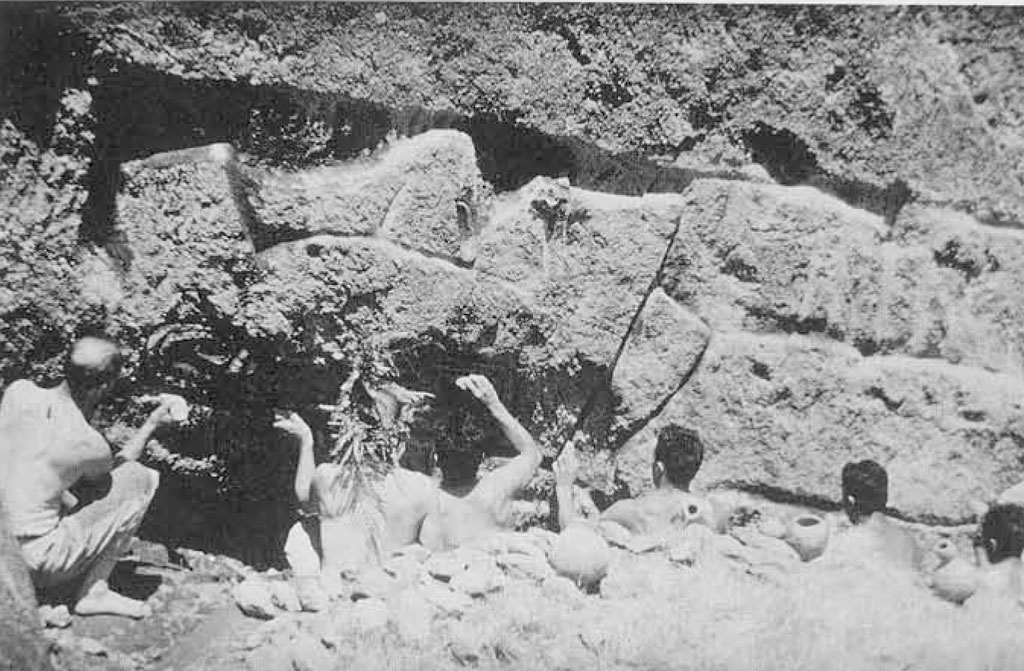
A reader cannot trust von Däniken: he manufactures data and misrepresents data. Sometimes this is due to his ignorance, and sometimes it appears to be due to a deliberate attempt to mislead. Intellectual consumers must realize that popular scientific literature contains many dangerously defective products, and must consciously take steps to protect themselves. The first line of defense against von Däniken, or any other charlatan, is a healthy skepticism. Readers need to remind themselves that asserting something to be true doesn’t make it true, and that printing the assertion doesn’t make it any truer.
A second intellectual tool that belongs in the reader’s defensive repertory is the principle known as Occam’s Razor. It was articulated by William of Occam, an English philosopher who died in the year 1349. He warned, “Never postulate complexity unless it is necessary.” Let us consider an example of what this actually means. Suppose your son or daughter, at the age of about 6, comes home from school in an unacceptably muddy condition. You have the evidence of the child, the mud, and the well-known affinity between the two. You are free to draw your own inferences. The least complex storyline that will connect all the points of evidence is that he or she was playing in a mud puddle and fell in. You ask the child what happened. The child says, “Well, I was playing by a mud puddle, and a dinosaur pushed me in.” Occam’s Razor would suggest that your more economical hypothesis is true, and the one offered by the child is less acceptable intellectually. Now, suppose the child brings home a dinosaur. You now have one more piece of data you have to fit into your explanation. Von Däniken claims to bring home a dinosaur, but his evidence for it is nothing more than his personal assurances that he saw a cloud that looked like one.
A third useful philosophical tool is the principle of uniformitarianism, the assumption that the universe was formed by the natural operation of forces that can be observed in action today. A hundred years ago, archaeologists, geologists, and biologists fought hard to establish this principle, using it to explain features of the earth and its peoples that had previously been accounted for through a literal acceptance of the narrative in the Old Testament. Within the context of this article, this way of thinking would urge: “Don’t postulate miracles unless they are necessary.” Like the Roman Catholic Church, we should accept a miracle as such only after our own devil’s advocate has exhausted the natural explanations for it. In the case of the child and the mud and the dinosaur, a uniformitarian analysis would highlight the observable behavior of children in their interaction with mud, and the demonstrable dearth of living dinosaurs.
Armed with these three intellectual weapons, a critical reader can test the quality of any piece of popular archaeological or scientific literature. A good healthy skepticism, Occam’s Razor, and uniformitarianism are really nothing more than formal, explicit statements of things that most thoughtful people already know. Taken together, these three principles have another name—common sense.
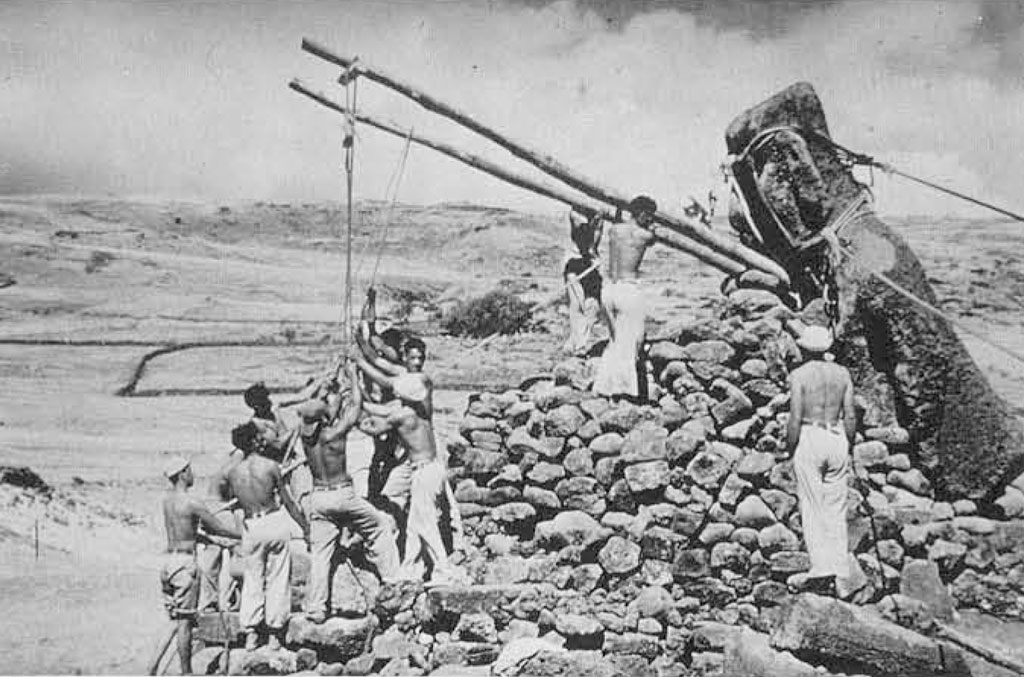
The books of Erich von Däniken are an affront to common sense. Nevertheless, he and his ilk find widespread acceptance, perhaps because people are eager to believe a good story. At first glance, he seems to be telling us of a glorious history, of wonderful times when our planet was a place of importance in the universe, and our ancestors walked with spacemen or gods or both. The appeal of such a story would fade if readers would consider its depressing implications. It is based on the assumption that our ancestors were uncreative beings who could only be improved by cross-breeding with a better, extraterrestrial stock. It requires one to believe that art and science fell from outer space instead of springing from the human heart and brain. Von Däniken’s history is flawed because he has no respect for his facts, and his fairy tales are flawed because he has no respect for his characters. In his view, the people who went before us were not fully human.
Archaeology is the story of our ties to our ancestors, and its raw material includes every person, family, village, city, and nation that ever existed. We will never know more than a tiny fraction of that story, but the episodes we carefully piece together carry the hallmarks most prized by storytellers: They really happened—and they happened to people like us.
1963
“The Delhi Pillar: A Study of the Corrosion Aspects.” Journal of The Iron and Steel Institute 203:3-10.Cunningham, Sir Alexander
1871
Archaeological Survey of India: Four Reports Made During the Years 1862-63-64-65. Vol. 1. Simla: Government Press.
Hadfield, Sir Robert
1912
“Sinhalese Iron and Steel of Ancient Origin.”85:134-172.
Heyerdahl, Thor
1958
Aku-Aku. New York: Rand-McNally and Company.
Playboy Magazine
1974
“Playboy Interview: Erich von Danilcen.” Playboy (August):51-64, 151.
Schele, Linda, and Mary Ellen Miller
1986
The Blood of Kings: Dynasty and Ritual in Maya Art. Fort Worth: Kimbell Art Museum.
von Däniken, Erich
1971
Chariots of the Gods? Tr. Michael Heron. New York: Bantam. (Original publication by EconVerlag GmbH, 1968.)
